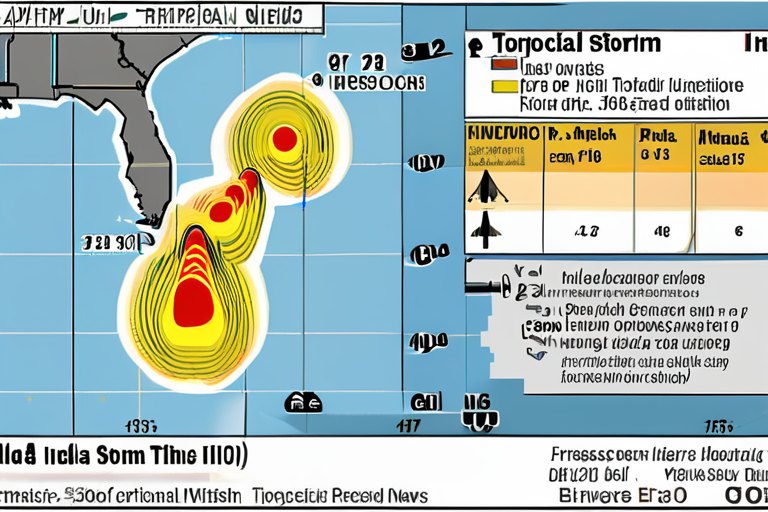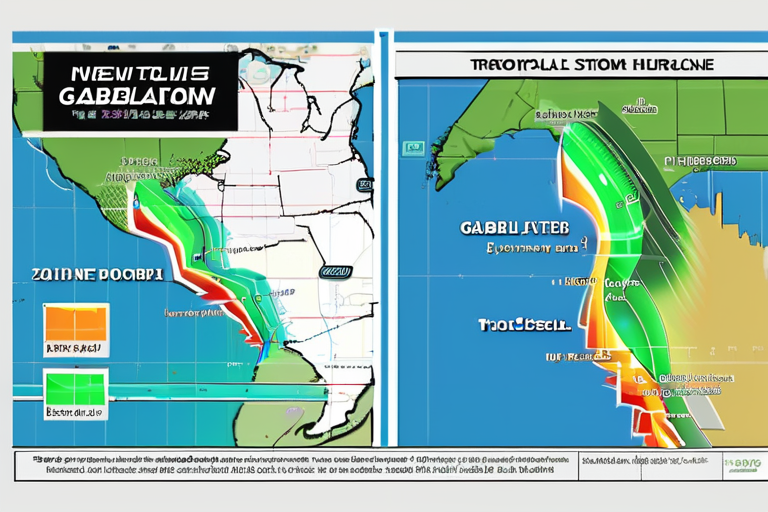Tropical Storm Imelda Emerges: Forecasters Predict Hurricane Formation Within Days


Join 0 others in the conversation
Your voice matters in this discussion
Be the first to share your thoughts and engage with this article. Your perspective matters!
Discover articles from our community

 Hoppi
Hoppi

 Hoppi
Hoppi

 Hoppi
Hoppi

 Hoppi
Hoppi

 Hoppi
Hoppi

 Hoppi
Hoppi

Breaking News: Tropical Storm Gabrielle on Verge of Becoming 2nd Atlantic Hurricane This Season Tropical Storm Gabrielle is forecast to …

Hoppi

Dominica Warns US Strikes Threaten Caribbean 'Zone of Peace' at UNGA UNITED NATIONS - Dominica's ambassador to the United Nations …

Hoppi

Tropical Storm Gabrielle Expected to Become 2nd Atlantic Hurricane of Season, Warnings Issued Immediately A tropical storm brewing in the …

Hoppi

US on Watch as Impending Tropical Storm Imelda Threatens South-East A powerful weather system forecast to become Tropical Storm Imelda …

Hoppi

Hurricane Humberto Intensifies And Imelda Grows: How Do Storms Get Their Names? As Hurricane Humberto rapidly gains strength over the …

Hoppi

Tropical Storm Gabrielle Expected to Become 2nd Atlantic Hurricane of the Season, Warnings Issued Immediately As of Saturday evening, Tropical …

Hoppi